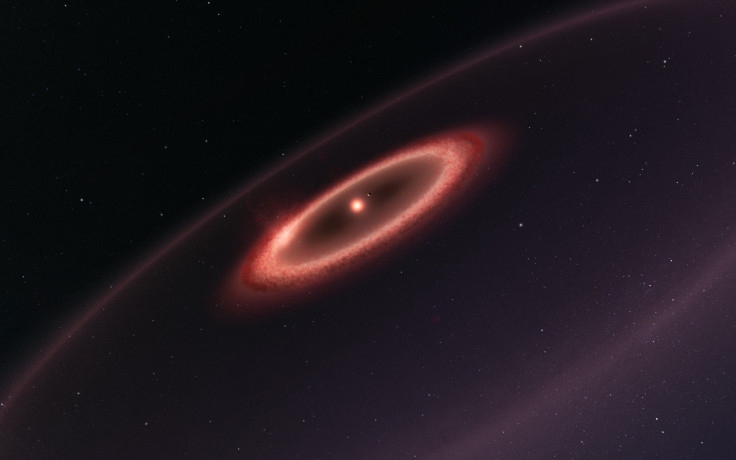Spacecraft Made From Foam Could Explore Proxima Centauri Star
KEY POINTS
- A spacecraft made from aerographite foam could be used for interstellar travel
- An aerographite spacecraft is cheaper and faster than traditional vessels
- The mission could travel to Proxima Centauri to study its potentially habitable planet
A team of researchers revealed in a new study that a spacecraft made from a special type of foam could be used to achieve interstellar travel. One of the locations that the theoretical spacecraft could travel to is the star system of Proxima Centauri, which is believed to host a potentially habitable planet.
The study was led by researchers from the Max Planck Institute for Solar System Research in Germany. It was submitted for publication in the journal Astronomy & Astrophysics.
In the study, the researchers identified aerographite as a viable material to create an experimental spacecraft. Aerographite is a lightweight synthetic carbon-based material that’s 15,000 times lighter than aluminum.
The researchers noted that it is a versatile material that can be used to create a solar sail that can harness energy from sunlight to generate a means of propulsion. They referred to this concept as solar photon pressure.
Using this material, the researchers noted that a spherical and hollow spacecraft could be made for around $1 million. Preparing the experimental spacecraft’s launch for an interplanetary mission could cost about $10 million. The researchers stated that the cost of the entire project would be significantly cheaper than that of a similar mission with a traditional spacecraft.
Aside from the low development cost, an aerographite-based spacecraft can reach destinations in space at a much faster time than traditional vessels since solar photon sails could reach speeds of 100 to 1,000 kilometers per second.
“The solar photon pressure provides a viable source of thrust for spacecraft in the solar system,” the researchers wrote in their study. “Theoretically it could also enable interstellar missions, but an extremely small mass per cross-section area is required to overcome the solar gravity.”
With an aerographite-based spacecraft with a shell of about 0.5 millimeters thick, the researchers estimated that the mission would reach Mars in about 60 days. For an interstellar mission, such as a journey Proxima Centauri, which is the closest known star to the Sun, the experimental spacecraft would reach its destination in 185 years. In contrast, NASA’s interstellar space probe Voyager would take 73,000 years to complete the same trip.
Being able to send a spacecraft to Proxima Centauri would provide valuable information regarding the star and its system of planets. It is believed that one of its planets, known as Proxima Centauri b, orbits the star within its habitable zone, suggesting that it might have the right conditions to support life.

© Copyright IBTimes 2024. All rights reserved.





















